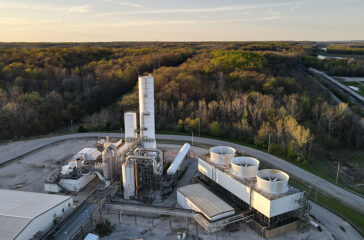As hydrogen projects accelerate, fears mount about environmental impacts
On a recent hot August evening, residents of the tiny rural community of Universal, Indiana packed into a public meeting to barrage operators of a proposed fertilizer plant with an array of concerns about what risks the project may pose for their health and the surrounding environment.
One after the other, worried residents quizzed officials with Wabash Valley Resources about their plans to construct what would not just be a fertilizer plant, but also one of the nation’s largest carbon sequestration projects, near their town of less than 400 people.
Wasbash proposes to produce hydrogen and anhydrous ammonia for fertilizer through a process that will capture and store the resulting carbon dioxide created by the plant underground. When the plant is fully operational, Wabash Valley Resources expects to inject and store 1.65 million tons of carbon dioxide into the ground.
Company officials say the operation will be safe, producing affordable and much-needed fertilizer for farmers in an environmentally friendly manner. “While empowering agriculture Wabash Valley Resources will play a vital role in the transition to a greener world, ensuring energy security and supporting a robust economy,” the company states on its website.
 EWG
EWG